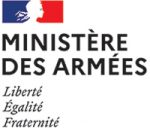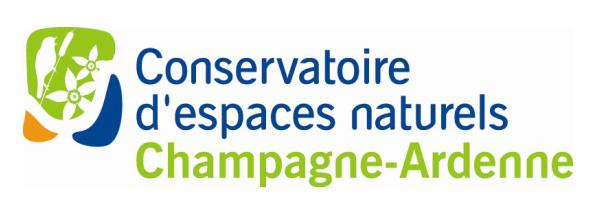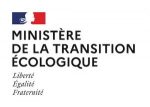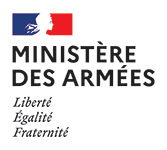
Preserved from urban sprawl and intensive farming, military sites are bursting with a remarkable degree of biodiversity. And yet that biodiversity often remains relatively unknown.
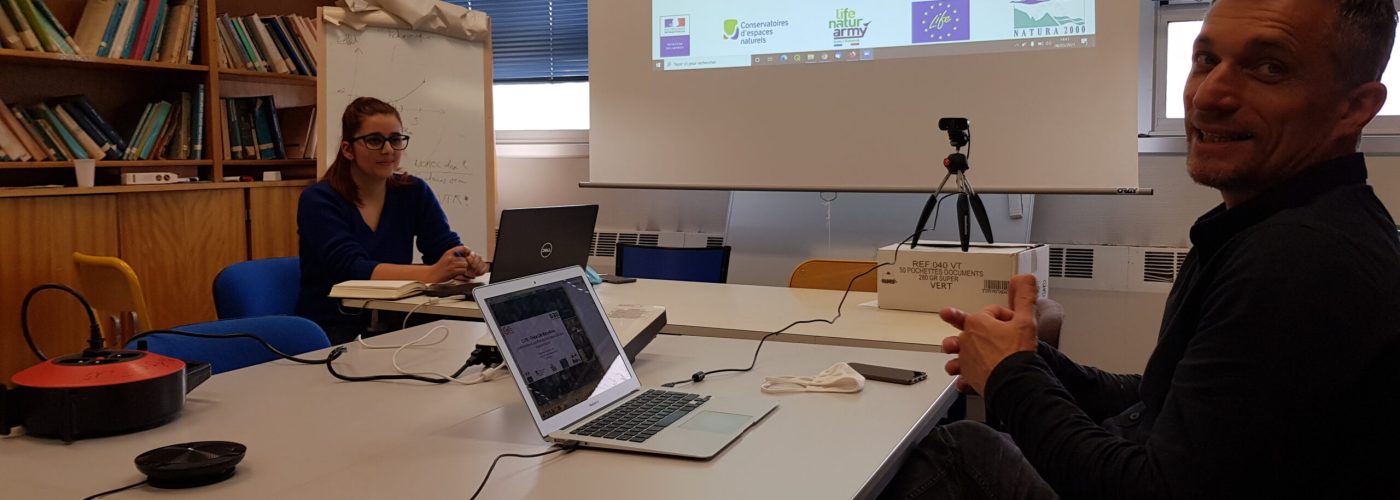
A thesis to find out more about the characteristics and specificities of the Natura 2000 sites on military land
Studies have seemed to show that military sites, preserved from urbanisation and intensive farming, have a greater degree of biodiversity and more rare species than civilian land. This will be the subject of a 3-year thesis at the University of Western Brittany (UBO).
Initially, the work will concentrate on determining the contribution of the French ministry of the Armed Forces to the conservation of biodiversity on the Natura 2000 sites. A comparison will be made of the conservation status of the habitats on military and civilian Natura 2000 sites.
In a second phase, a study will look at the history in order to understand how the biodiversity of these camps was established and how it has developed in line with the Army’s occupancy of the land. Once again, the data will be compared with Natura 2000 sites on civilian land.
Finally, the last objective of this thesis will be to understand how the environment is perceived by Ministry staff. A sociological study will therefore be conducted for this purpose.
Progress so far
In 2020, inventory protocols were drawn up to prepare the data collection phase. In 2021, the naturalist inventories got underway on the pilot military sites and will continue through to the end of this summer. The processing of the data has already begun.
The historical study began with the compilation of the historical documents available and the management plans and by examining historical aerial photographs. The sociological study began in 2022.
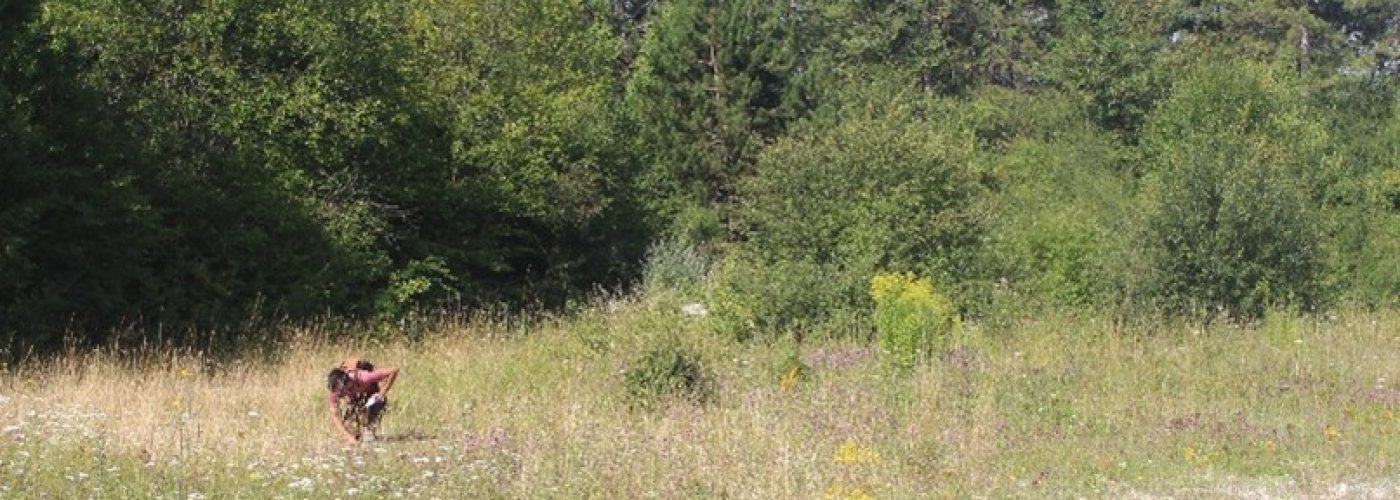
Improving the transfer of the data gathered on military sites into the Natural Heritage Information System (SINP)
The centralisation and exploitation of the naturalist data is an essential aspect of the work required to take account of biodiversity-related issues in the management of military land and activities.
A clear methodology for transferring the naturalist data gathered on military land must be produced during the LIFE NaturArmy project, so as to get a more detailed picture of the biodiversity-related issues on military land, especially at a national level. The data to be transferred must be structured in a way compatible with the format of the Natural Heritage Information System (SINP), a system for sharing the naturalist information obtained between partners using a shared set of methods.
Progress so far
In 2019 and 2020, the National Natural History Museum (MNHN) and the Directorate for Territories, Land and the Environment (DTIE, formerly the DPMA) wrote a guide to provide a framework for the recording of naturalist data collected on military sites and for the data collected in the course of the partnerships. In parallel, data transfer tests were carried out in collaboration with the network of Conservancies of Natural Areas (CENs), and these will continue in 2022.
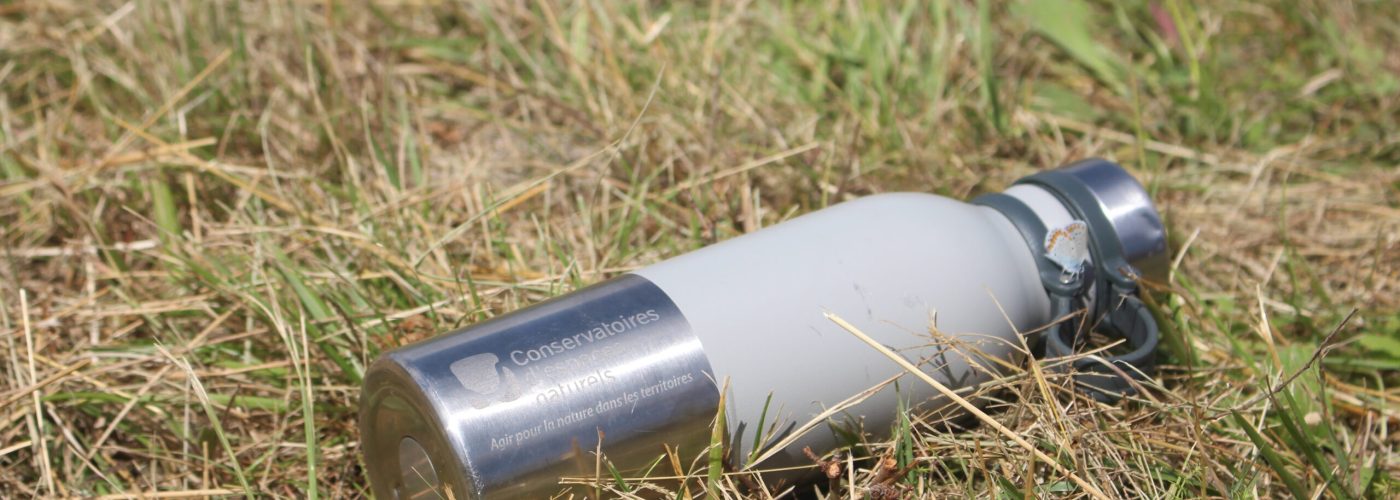
Rolling out a geographical analysis tool for biodiversity issues.
All of the naturalist data must be available to the armed forces prior to any project involving construction on or alterations to a Natura 2000 site, or new activities on it, in order to limit their impacts. A prototype geographical analysis tool is currently being trialled by the Ministry. Its development and testing as part of the LIFE NaturArmy project will enable it to be rolled out at national level at a later date.
Progress so far ?
Since 2019, the Rennes defence zone general staff (EMZD) has developed a prototype infrastructure/environment geographical information system. The aim of this tool is to cross-reference the operational and environmental issues so that military commanders can better manage training areas. The CENs of Pays de la Loire and Nouvelle-Aquitaine have worked with the Rennes EMZD to draw up a list of data that is essential for the characterisation of the environmental issues on military land.
Project partners
